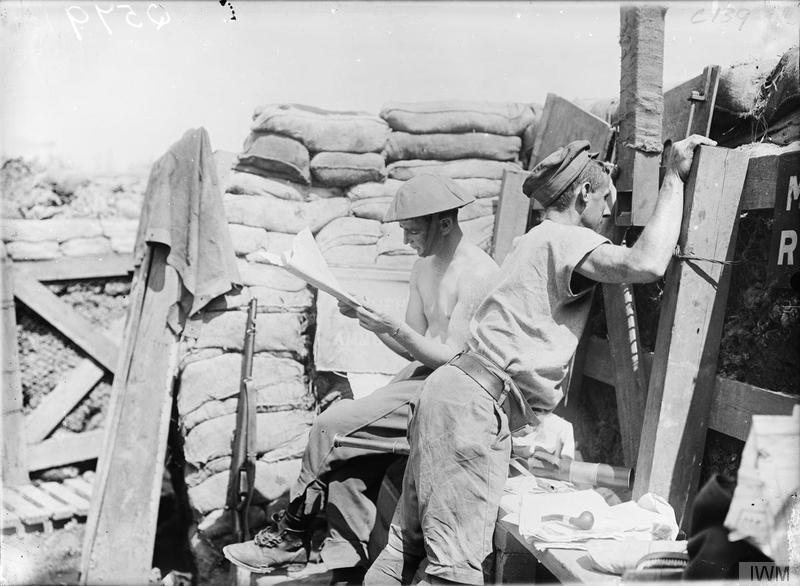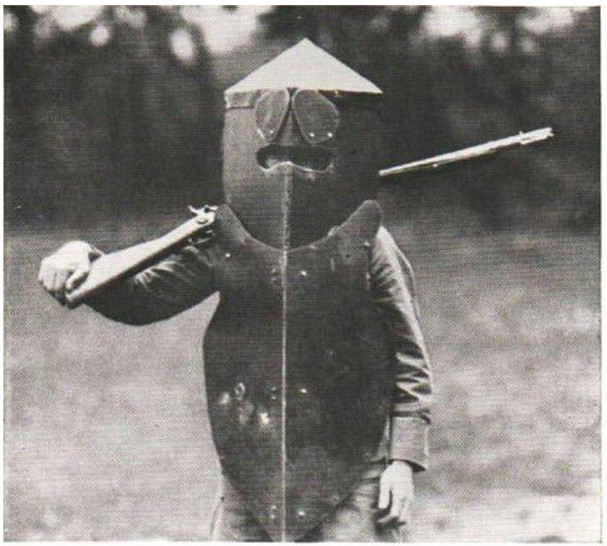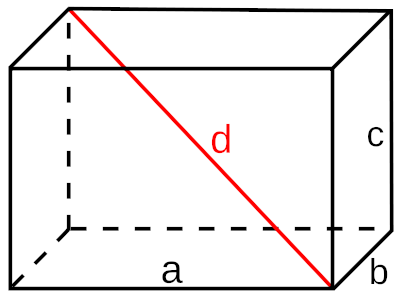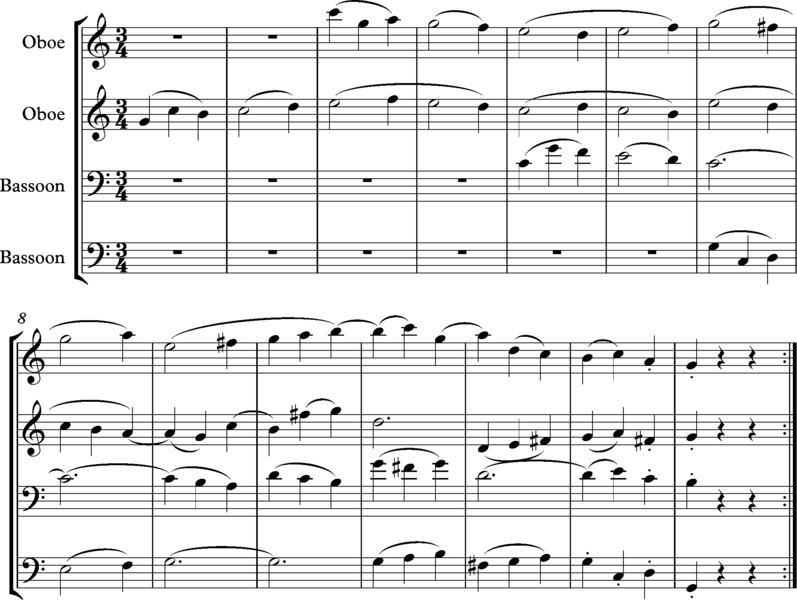Rules of the ill-understood East Anglian pub sport known as dwile flonking:
A “jobanowl,” or referee, is chosen (preferably a “dull-witted person”), and the two teams toss a sugar beet to decide who flonks first. The jobanowl begins play by shouting, “Here y’go t’gither!”
The flonker stands in the center with the “driveller,” a three-foot hazel pole topped with a dwile, or cloth. While the opposing team joins hands and dances in a circle around the flonker (“girting”), the flonker spins in the opposite direction and, at a chosen moment, flonks the dwile at them. He scores 3 points for a “wanton” (a direct hit on a girter’s head), 2 for a “morther” (a hit to the body), and 1 for a “ripper” (a hit to the leg). 1 point is deducted from either team for each person who remains sober at the end of the game.
If the dwile hits no one (known as a “swadge”), the girters (well, the opponents, who have now ceased girting) pass the dwile from hand to hand chanting “pot pot pot” while the flonker drinks from an ale-filled chamber pot.
The game ends when each team has had a chance at flonking the dwile (an interval known as a “snurd”). During play the jobanowl can choose to change the direction of the girters and can order any player to drink who is judged not to be taking the game seriously enough.
The Lewes Arms sponsors an annual match between its regulars and the thespians of the Lewes Operatic Society. “The rules of the game are impenetrable and the result is always contested.”







